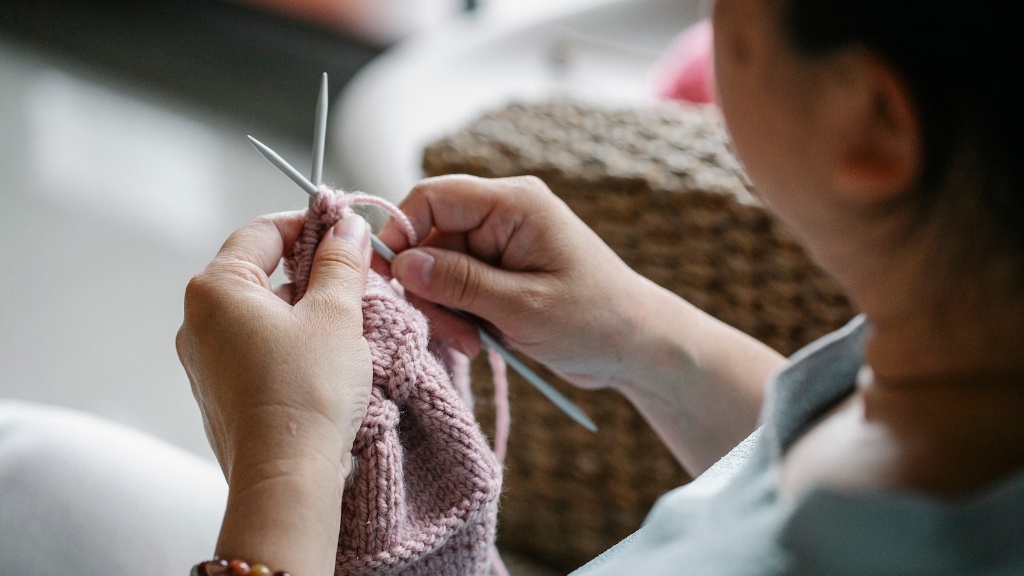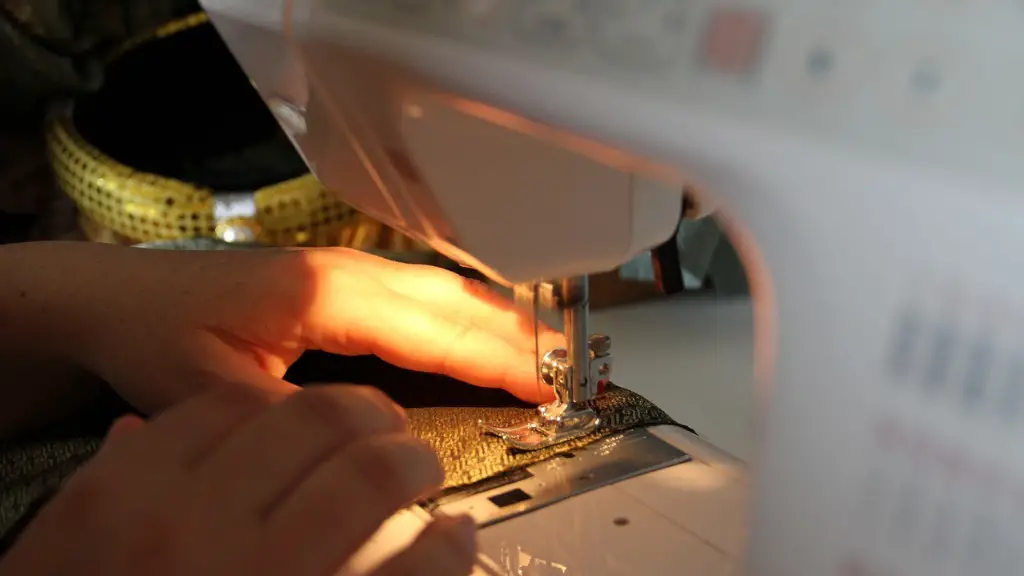Introduction
Quilting is an enjoyable and rewarding activity that can be done even without a sewing machine. What used to take hours to sew traditionally, can be done quickly and neatly by hand. Hand quilting can add a unique personal touch to your creations. By using the right techniques, a hand quilter can create beautiful quilted pieces for friends and family or for sale.
The Basics of Quilting By Hand
The fundamental rule for quilting without a sewing machine is to go slow and steady. Measure twice and stitch once to achieve the best results. Lay the quilt out flat and use a warm iron to press any creases out of the fabric. Make sure that the stitching goes through all three layers; the top, the batting and the backing. To keep the backing material from shifting while stitching, consider basting the layers together. Use an upholstery needle with a small eye to ensure that your stitches are neat and even.
A quilter that hand quilts needs to be familiar with a number of stitches. There are three main stitches to begin working with; the running stitch, the blind stitch and the loop stitch. The running stitch is the most basic and can be used to stitch rows of even stitches. The blind stitch is used to join two pieces of fabric together across a seam and the loop stitch is used to join two pieces of fabric together side by side.
Essential Tools
Before beginning, it is important to make sure you have the right tools. To hand quilt you will need an embroidery hoop, a proper needle, sharp scissors, thread, a thimble and an optional pattern.
The embroidery hoop is an essential tool for hand quilting. It helps keep the material in place while stitching and prevents the backing fabric from shifting while you work. When selecting an embroidery hoop, it is important to make sure that it is the right size for the project. The hoop should also be strong enough to hold the material in place.
Choose a needle that is the right size for the project. A needle that is too small is not able to stitch the fabric correctly and a needle that is too large may tear the fabric. An upholstery needle with a small eye is the best choice for hand quilting.
The thread should match the fabric and should be of good quality. A thicker thread such as an embroidery floss will provide a better finish.
Preparing to Quilt By Hand
When preparing to hand quilt it is important to lay out the quilt correctly. The quilt should be laid out flat and all creases should be pressed. To prevent any creases forming after the quilt is finished, pin it to a piece of foam or a quilt frame.
The material should be cut to the correct size and the edges should be finished. If the edges are not finished they could fray while stitching and ruin the project.
The Quilting Process
Once the material is prepared, it is time to begin the quilting process. The first step is to stitch the layers together. This can be done using a running stitch or a blind stitch.
Once the stitch is completed, the pattern can be drawn on the fabric. Start by drawing simple shapes and gradually move to more intricate designs. Make sure to use a light pencil or washable marker to draw the pattern so it can be removed later.
Once the design is complete, it is time to begin quilting. Start in the middle of the pattern and work your way outwards. Make sure that the stitch is even and that the fabric does not pucker.
Pay Attention to Terrain
When hand quilting, it is important to pay attention to the terrain. As you work, you can make sure to use different types of stitches on different sections of the quilt. Straight stitches look best on flat terrain, while loop and decorative stitches look best on hills and valleys.
Finishing Touches
Once the quilt is complete, it is time to finish off the edges. A simple blanket stitch is the best way to do this. Start by making a knot at the end of the thread and work your way around the edges of the quilt.
Finally, it is time to remove any pencil or marker lines that have been made during the quilting process. A damp cloth can be used to wipe away any remaining marks.
Storing and Caring for Quilts
Once the quilt is complete and any markings have been removed, it is time to store and care for the finished piece. Store quilts in a cool, dry place away from direct light. Make sure to air out the quilt regularly to prevent it from becoming musty.
A quilt should be washed regularly with a mild detergent. Use a gentle cycle and hang the quilt up to dry. It is also important to use a gentle fabric conditioner to keep the quilt soft and supple.
Preserving Fabrics
It is important to use only the best fabrics when hand quilting. Natural fabrics such as cotton, linen and wool are the best choice as they are more durable and last longer. Artificial fabrics can wear out and discolor over time.
To maintain the color and texture of fabric, it is important to use special washing methods. Cold water and a gentle detergent should be used to preserve the fabric. It is also important to use fabric conditioners that are specifically designed for quilts.
Cleaning Tools
To make sure that your tools remain in the best condition, it is important to clean them regularly. Tools such as needles and scissors should be washed with warm, soapy water and dried thoroughly before storing.
An alternative to hand washing scissors is to use a blade cleaner to remove debris and oil buildup. This will ensure that the blades remain sharp and free from rust.
Conclusion
Hand quilting is a rewarding and enjoyable activity that can be done even without a sewing machine. By using the right techniques and tools, a hand quilter can create beautiful quilted pieces for friends and family or for sale. It is also important to pay attention to the terrain, fabric and tools when hand quilting in order to achieve the best results.


